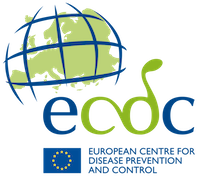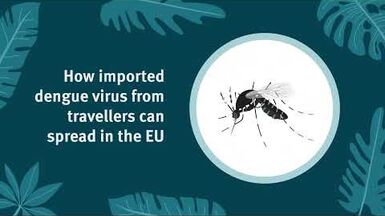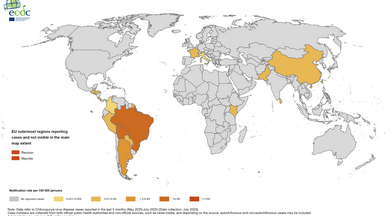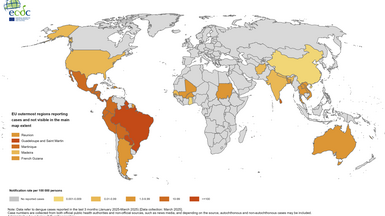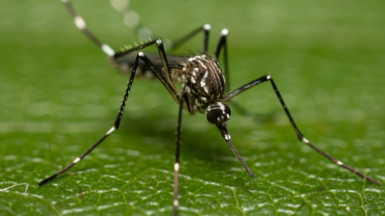Latest ECDC vector maps show new information on the presence of Aedes mosquitoes and ticks in Europe
New updated maps of exotic mosquitoes, phlebotomines and ticks are available on the ECDC website.
New updated maps of exotic mosquitoes, phlebotomines and ticks are available on the ECDC website. The maps show the current known distribution of the vector species at ‘regional’ administrative level (NUTS3) as of January 2015.
New information is now available on the presence of Aedes aegypti and albopictus maps:
• Aedes albopictus is found introduced in new areas in the Netherlands• Aedes aegypti is considered absent in the Netherlands as the last observation of this species in the Netherlands dates back more than five years.
Major updates were made in the ticks maps:
• Dermacentor reticulatus: based on literature review, presence of this vector is identified in 87 administrative units • Ixodes ricinus: vector is marked as ‘introduced’ in Iceland and the northernmost administrative unit of Sweden• Hyalomma marginatum: species is marked as absent in Iceland, Ireland, Netherlands, Luxembourg, Belgium, Denmark, Sweden, Finland, Estonia, Latvia, Lithuania, Poland, Faroe Islands and Svalbard/Jan Mayen as well as in most administrative units in the UK and Norway except where in a few units the species has been found introduced.
The maps are the outcome of the collaborative work of VectorNet and are based on collecting existing data by the network members. VectorNet is a joint initiative of the European Food Safety Agency (EFSA) and the European Centre for Disease Prevention and Control (ECDC), that started in May 2014. The project supports the collection of data on vectors, related to both animal and human health.
See the latest vector maps
